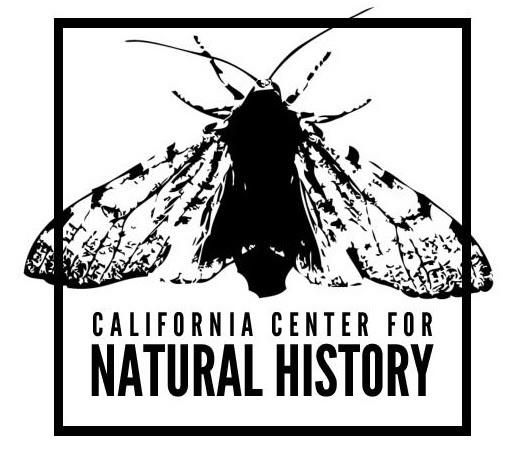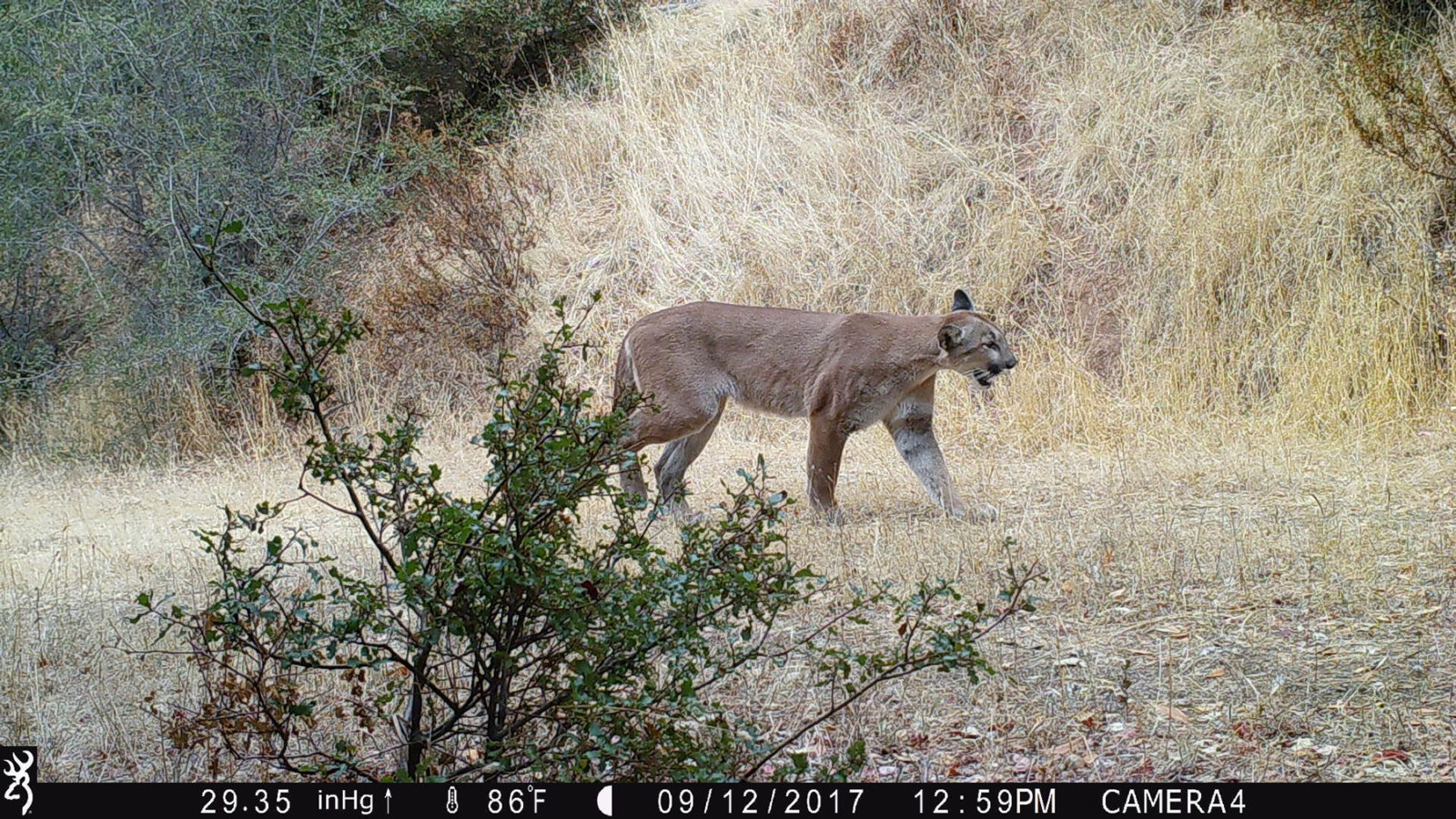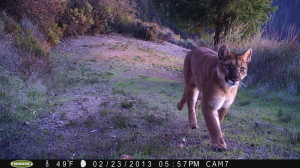Should I be concerned about a mountain lion attack while visiting parks in the Bay Area?
Puma concolor. Cougar. Panther. Puma. The mountain lion by any name evokes strength, reverence, majesty and often fear. Fear is a common response to what we don’t know or fully comprehend. Understandably this fear is heightened when all we may know of these animals are the uncommon but tragic encounters that occur between humans and mountain lions. Because of this, I am often asked by concerned park visitors if they will see a mountain lion, or if they should be worried about an attack. The answer is, likely, no to both.
Here’s why:
Local populations are very small
In the greater Bay Area, the Santa Cruz Mountains comprise the largest contiguous mountain lion habitat with a high-end population estimate of 50-60 individuals. With smaller habitat ranges in more densely developed areas of the Bay, mountain lion populations would be much lower.
Most mountain lion sightings are cases of mistaken identity
The California Department of Fish and Wildlife (CDFW) estimates that 85-90% of reported mountain lion sightings are confirmed to be other animals including coyotes, bobcats, raccoons, deer and even large house cats.
Historically, instances of attack are very low
Since 1890, there have been 16 verified mountain lion attacks in California, 6 of which were fatal. This means we are 1,000 times more likely to die from heat exposure while out on the trails and 7,000 times more likely to suffer a fatal car crash on our way there.
Mountain lions are altering their habits to avoid humans
A recent study conducted out of UC Santa Cruz demonstrated that mountain lions overwhelmingly abandoned and did not return to prey kill sites upon encountering human voice recordings. When exposed to non-human recorded sounds, they either did not react, or fled and eventually returned to feed on their prey. Remote camera observations seem to show that mountain lions have increasingly shifted from twilight to nocturnal activity in densely developed areas to avoid human interaction.
This leads me to wonder if a more compelling inquiry is whether or not mountain lions fear us. In fact, they do and with good reason. While hunting mountain lions has been illegal in California since 1990, depredation permits can still be obtained by those who have lost livestock and even pets to mountain lions. The CDFW and local law enforcement also have the right to kill mountain lions that are determined to pose a public safety threat based on the animal’s behavior and proximity to human occupied areas. Since 2015, more than 100 such permits have been issued each year. In combination with instances of public safety risk, more mountain lions have been legally killed in California over the past three years than is allowed by legal hunting quotas in other states.
These instances of livestock and pet predation, as well as interference to public safety, are directly correlated to the decrease in mountain lion habitat. As more land is developed for human use, the essential habitat resources of prey, water, shelter and open range become harder for mountain lions to access, causing them to be more opportunistic. New and expanding traffic corridors make mountain lions more susceptible to fatal car strikes as they try to navigate their fragmented territories from one resource to another. Young mountain lions mature enough to leave their mother’s care set out to establish new territories only to find themselves lost in human environments. And still, as evidenced in research and remote camera footage analysis, we see that they strive to adapt.
With continued research, long range studies and public education, we will expand our knowledge and understanding of the lives, habits, and needs of mountain lions. Perhaps then we can quell our fear and nurture a widespread respect and affinity for these extraordinary and resilient beings with whom we live.

Ask the Naturalist is a reader-funded bimonthly column with the California Center for Natural History that answers your questions about the natural world of the San Francisco Bay Area. Have a question for the naturalist? Fill out our question form or email us at atn at baynature.org!




-300x221.jpg)
-300x196.jpg)